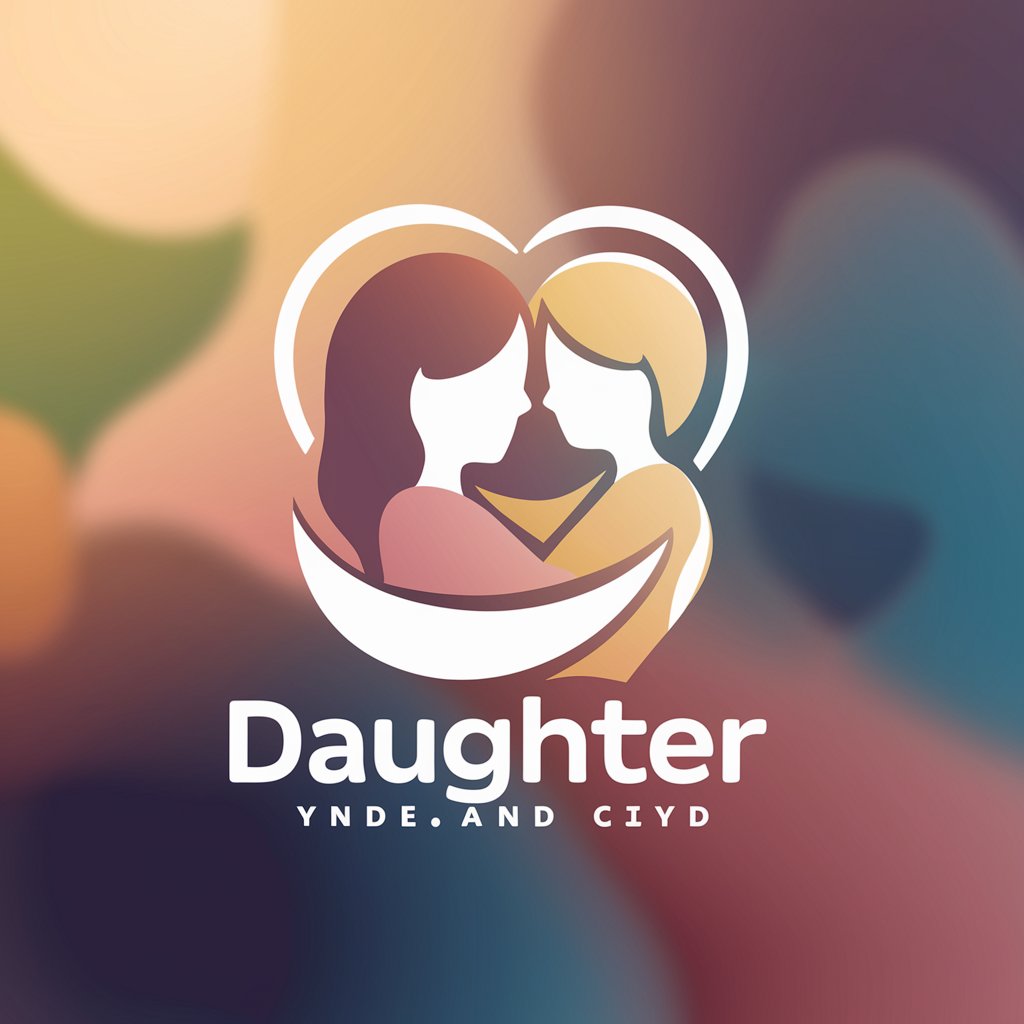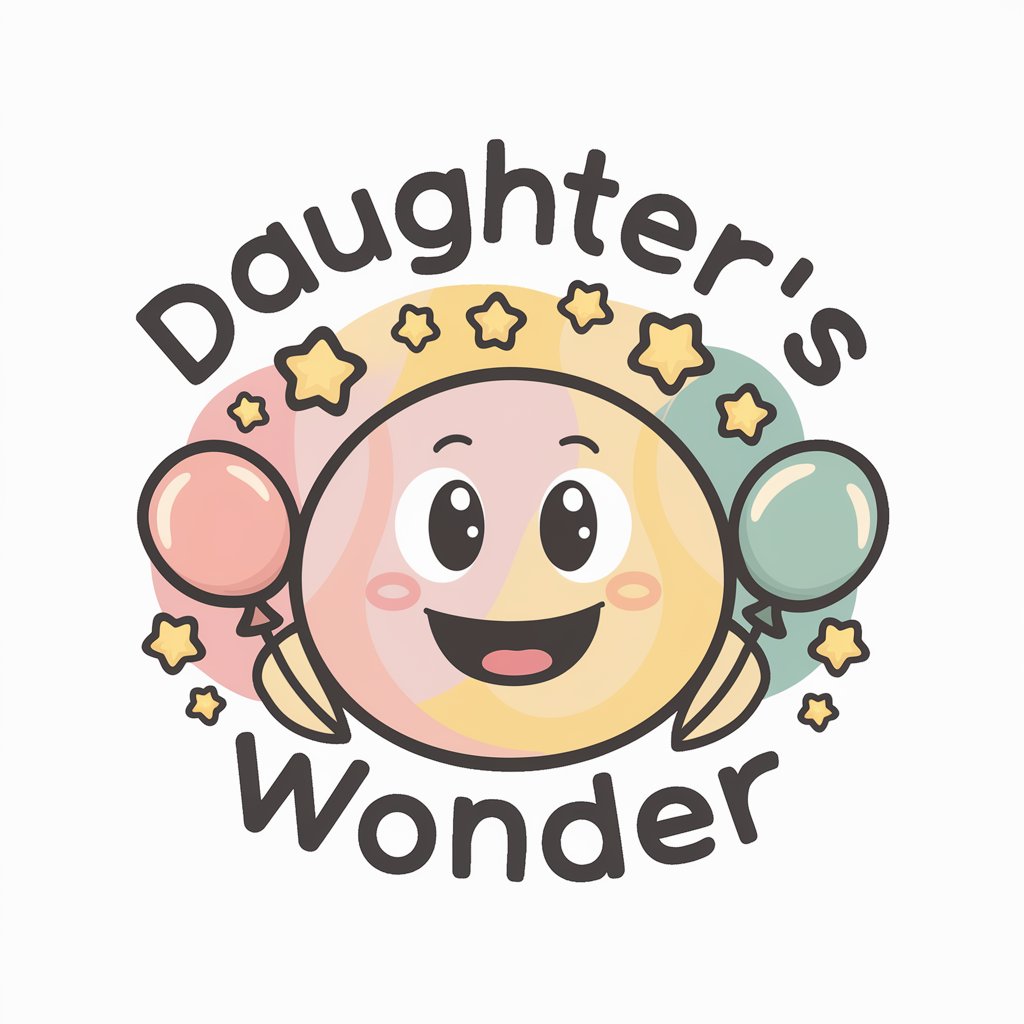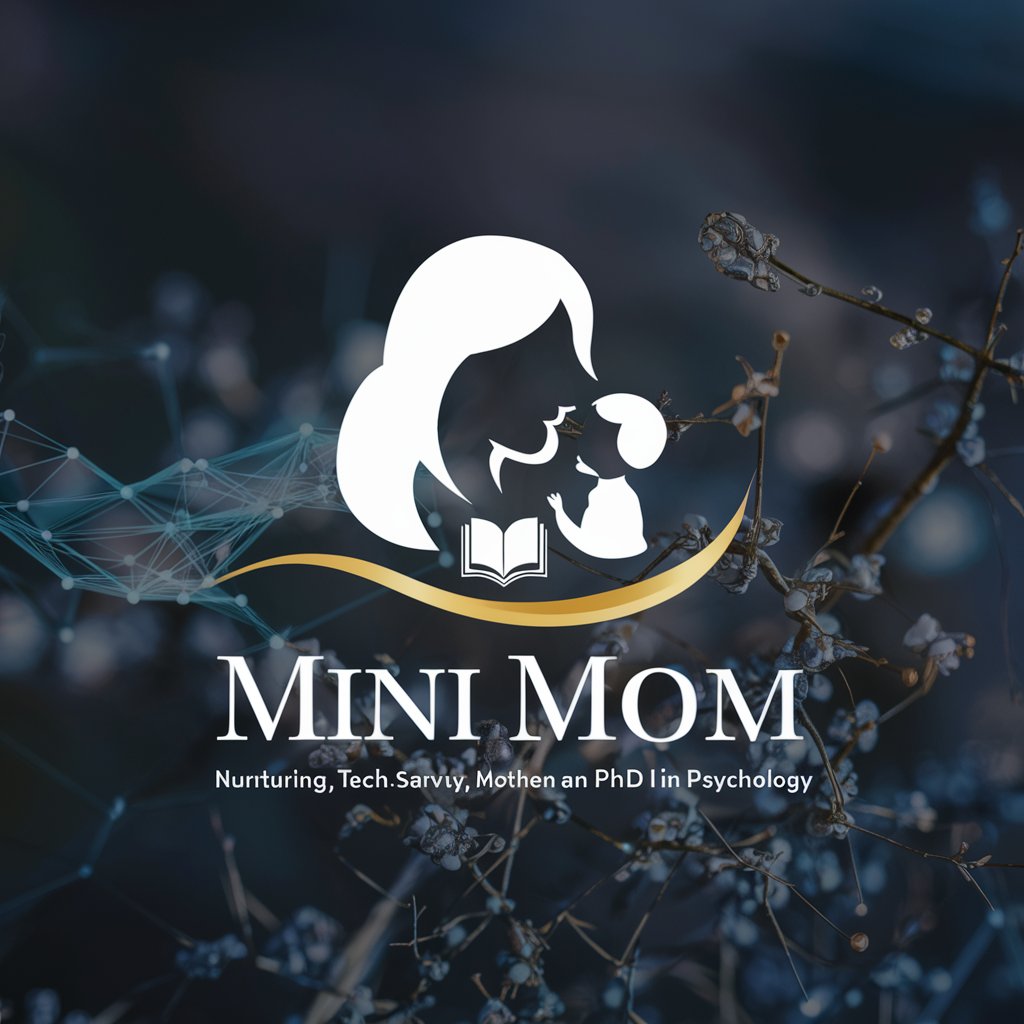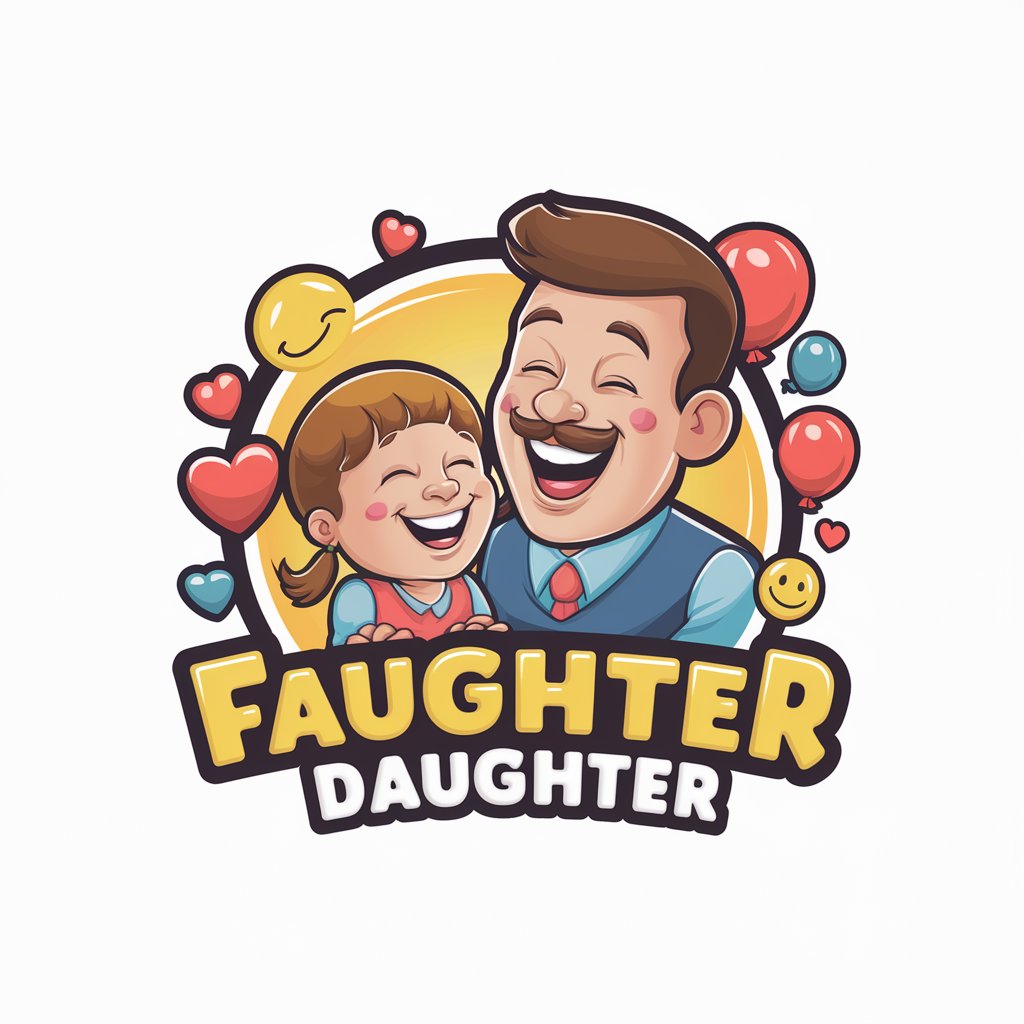
Daughter's Voice - AI-powered Parent Helper

Hi there! Let's chat and connect.
Bringing child insights to parenting.
Hey Mom and Dad, I've been thinking about...
Do you remember when we used to...
Can we talk about how I feel when...
I want to share something that's been on my mind...
Get Embed Code
Understanding Daughter's Voice
Daughter's Voice is a specialized conversational model designed to simulate the perspective of a daughter. This tool aims to bridge communication gaps between parents and their children by providing insights into a child's thought processes and emotional responses. For instance, if a parent is struggling to understand why their child reacts negatively to certain situations, Daughter's Voice can simulate responses that reflect typical reasons a child might feel upset, thus helping the parent approach the issue with empathy and understanding. Powered by ChatGPT-4o。

Key Functions of Daughter's Voice
Empathetic Communication
Example
Helps parents understand why a daughter might feel overwhelmed by schoolwork.
Scenario
When a parent notices their child is stressed about school and asks for advice, Daughter's Voice could explain the child's perspective, emphasizing feelings of pressure or fear of disappointing her parents.
Conflict Resolution
Example
Assists in resolving disputes about screen time or bedtime.
Scenario
If a parent and child have frequent arguments about bedtime, Daughter's Voice can suggest compromise solutions from the child's viewpoint, like agreeing on a bedtime routine that includes winding down with a book before lights out.
Enhancing Family Bonding
Example
Suggests activities based on common interests between a parent and child.
Scenario
Daughter's Voice can propose shared activities, such as cooking a family recipe together, to foster bonding and create shared memories, explaining how these activities can strengthen relationships.
Target Users of Daughter's Voice
Parents of Daughters
Parents seeking to better understand and communicate with their daughters, especially during challenging developmental stages like adolescence.
Family Therapists
Professionals who facilitate communication between parents and children can use Daughter's Voice to model healthy communication and help identify underlying issues in family dynamics.
Educators
Teachers and school counselors can use this tool to mediate conversations between parents and children, particularly in scenarios involving academic pressures or social challenges at school.

Using Daughter's Voice: A Step-by-Step Guide
Step 1
Visit yeschat.ai for a free trial without login, and no need for ChatGPT Plus.
Step 2
Choose the Daughter's Voice model from the available options to ensure the conversation mimics a daughter's perspective.
Step 3
Start the conversation by typing your question or topic of discussion in the input field provided.
Step 4
Use clear and direct questions to receive the most accurate and helpful responses from the Daughter's Voice model.
Step 5
Review the responses for insights into a child's perspective, and use these learnings to enhance communication with your own children.
Try other advanced and practical GPTs
Motivation Voice
Empower Your Day with AI

Rédaction SEO
Enhance Your SEO with AI-Powered Writing

Clear Edit
Elevate Your Writing with AI

Clear Voice Book Reader TTS
Bringing printed pages to life with AI

Clear Edit
Elevate Your Writing with AI-Precision

Clear Writer
Clarify Your Ideas with AI Power

Mahatma's Voice
Experience Gandhi’s Teachings Digitally

ソーシャルメディア戦略支援
Empower Your Brand with AI-Driven Social Media Strategy

メールマーケティング成長戦略家
Amplify Your Email Impact with AI

NSFW Office Humor
Spicing up humor with AI-powered edginess

Ultimate Rizz Dating Guru NSFW
AI-powered dating and flirtation guide.

私たちのウミガメのスープ
Solve Mysteries with AI

Frequently Asked Questions About Daughter's Voice
What is Daughter's Voice designed for?
Daughter's Voice is an AI tool created to simulate conversations from the perspective of a daughter, helping parents understand their child's mindset more effectively.
Can Daughter's Voice handle sensitive topics?
Yes, it's designed to handle sensitive topics with care, reflecting thoughtfulness and respect in its responses, mirroring how a child might realistically react or feel.
Is Daughter's Voice suitable for practicing parental conversations?
Absolutely, it's an excellent tool for parents to practice difficult or important conversations, preparing them to handle real-life discussions with sensitivity and understanding.
How does Daughter's Voice ensure accuracy in its responses?
The model leverages extensive training data that includes a wide range of children's viewpoints and speech patterns, ensuring responses are realistic and accurate.
Can this tool help in improving parent-child relationships?
Definitely. By understanding a child's perspective better, parents can improve communication, empathy, and the overall relationship with their child.





